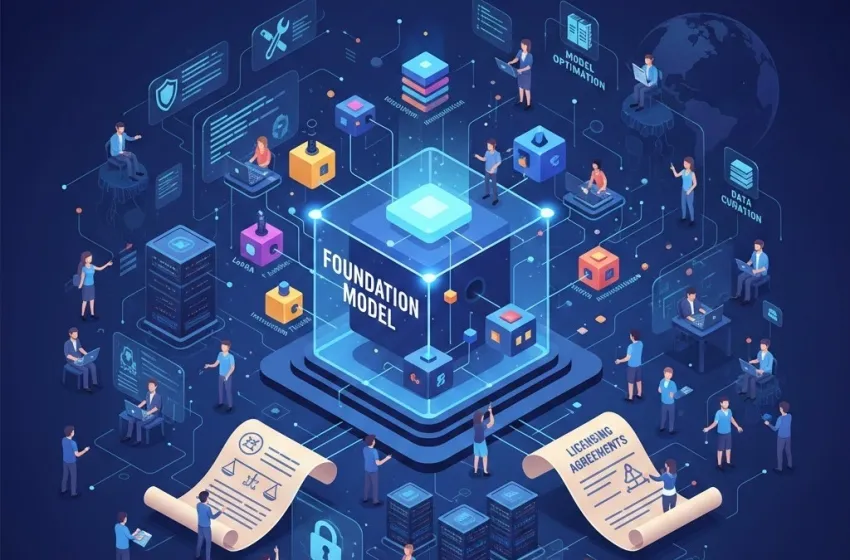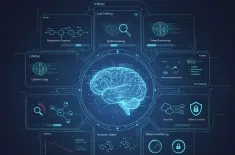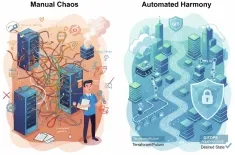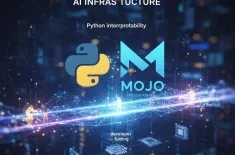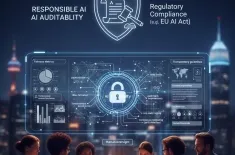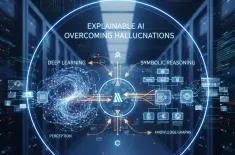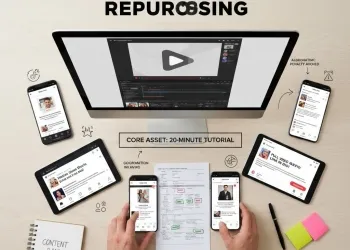Its impact on AI model democratization, foundation models, fine-tuning techniques, licensing issues, and community contributions.
The rapid ascent of Artificial Intelligence (AI), particularly in the domain of Large Language Models (LLMs), marks a pivotal moment in technological history. While proprietary systems have dominated the initial wave of high-performing AI, an undeniable shift is occurring with the exponential growth of the Open-source LLMs ecosystem. This movement is not merely a fringe trend; it represents a profound push toward model democratization, ensuring that the foundational technology of our future is accessible, transparent, and auditable by all, thereby challenging the closed-off nature of established tech giants.
The Growing Importance and Impact of Openly Available Models
The impact of openly available and auditable large language models that challenge proprietary systems is multifaceted and transformative.
Fostering Transparency and Trust
Proprietary models, often referred to as "black boxes," restrict access to their training data, architecture, and weights. This opacity creates significant barriers to ethical scrutiny and understanding. Open-source LLMs, by contrast, provide full visibility into their inner workings. Researchers, developers, and the public can examine the code, training methodologies, and, in some cases, the data used. This transparency allows for detailed auditing to identify and mitigate biases, ethical risks, and security vulnerabilities, which is crucial for building public trust in AI systems. The ability to audit models fosters accountability—a necessity for deploying AI in sensitive domains like finance, healthcare, and law.
Accelerating Innovation and Customization
Innovation thrives on collaboration. The open-source paradigm enables a global community contributions model where thousands of developers can inspect, modify, and build upon existing foundation models. This collective effort drastically increases the speed of innovation, leading to rapid performance improvements and the creation of specialized, domain-specific models (e.g., in legal or medical fields).
The open nature also grants users an unparalleled degree of customization. Organizations are no longer limited to the features provided by a single vendor's API. Instead, they can take a foundation model and apply fine-tuning techniques to align it perfectly with their specific data, industry, and organizational goals. This level of granular control is often impossible with proprietary, closed-source alternatives.
Cost-Effectiveness and Vendor Independence
Open-source models are typically free to use and modify, which dramatically reduces the financial barriers to entry, particularly for small businesses, startups, and academic institutions. While proprietary LLMs often require hefty licensing fees or pay-per-use structures, Open-source LLMs eliminate these costs, contributing directly to model democratization. Furthermore, running models on private infrastructure, known as on-premise deployment, grants data sovereignty and mitigates the risk of vendor lock-in. Companies maintain complete control over their data, ensuring compliance with strict privacy and security regulations.
The Mechanics of the Open-Source LLM Ecosystem
The modern open-source AI ecosystem is a complex interplay of models, techniques, platforms, and legal frameworks.
Foundation Models: The Pillars of the Ecosystem
At the core of the ecosystem are foundation models. These are colossal, general-purpose models (like Meta's Llama family, Mistral, or Google's Gemma) pre-trained on vast and diverse datasets. They serve as the starting point for nearly all subsequent AI development. Access to the model weights (the parameters learned during training) is the defining feature of a truly open-source LLM, enabling users to:
- Run Inference Locally: Deploy the model on their own hardware for privacy and speed.
- Modify the Architecture: Experiment with different model structures.
- Fine-tune the Model: Adapt the model's knowledge for specific tasks.
Fine-Tuning Techniques: Achieving Specialization
Training a foundation model from scratch requires astronomical computational resources, making it accessible only to a few well-funded entities. However, the open-source community has championed efficient fine-tuning techniques that allow for powerful customization with significantly less compute.
- Parameter-Efficient Fine-Tuning (PEFT): This family of methods, most famously including LoRA (Low-Rank Adaptation), freezes the majority of the pre-trained weights and only trains a small, highly efficient set of new parameters. This drastically reduces the computational cost, democratizing the ability to specialize models.
- Instruction Tuning: This technique involves training the model on a dataset of high-quality examples consisting of instructions and their corresponding ideal outputs. This process teaches the model to follow specific, human-like instructions better, turning a general foundation model into a useful, task-oriented tool.
Licensing Issues: The Legal Landscape
In the open-source world, licensing issues are central to defining how a model can be used and shared. The "open" in open-source AI does not always mean unrestricted. Licenses determine the freedoms granted to users:
- Permissive Licenses (e.g., Apache 2.0, MIT): Offer maximum freedom. Users can use the model for any purpose, including commercial use, and are generally not required to share their modifications.
- Copyleft Licenses (e.g., GPL): Require users to make any derivative works (like a fine-tuned version) also available under the same license, promoting continued openness.
- Restrictive Licenses (e.g., certain community licenses): Some models are released with "open weights" but impose commercial restrictions or define acceptable use policies, prompting debate on whether they are truly "open-source" by the strict definition of organizations like the Open Source Initiative (OSI). Navigating these legal nuances is a critical consideration for any commercial entity adopting Open-source LLMs.
Community Contributions: The Engine of Progress
The success of the Open-source LLMs ecosystem is intrinsically tied to community contributions. Platforms like Hugging Face have become central hubs where researchers, engineers, and hobbyists share models, datasets, and code. This collaborative spirit drives progress through several avenues:
- Bug Fixes and Security Audits: A larger community can quickly identify and patch vulnerabilities in the model code and weights, making the open models more secure over time.
- Model Optimization: Community members often develop and share specialized quantization techniques and deployment methods that make large models run efficiently on less powerful hardware, further supporting model democratization.
- Data Curation and Benchmarking: Contributions include the creation of new, high-quality, and niche datasets, as well as the development of robust, independent benchmarks that challenge the performance claims of both open and proprietary models.
Conclusion: The Trajectory of Open AI
The Open-source LLMs movement is a vital counterpoint to proprietary AI, offering a path toward an AI future defined by transparency, accessibility, and collaboration. By providing the building blocks—the foundation models—and the tools—the fine-tuning techniques—the open-source ecosystem is profoundly impacting model democratization.
While challenges persist, particularly concerning licensing issues and the sheer computational power needed for initial training, the combined force of community contributions is rapidly closing the performance gap with proprietary systems. The ability to deploy auditable, customizable AI on private infrastructure is a game-changer for sensitive industries and a critical safeguard against centralized control. The future of AI will likely be a hybrid one, but the open-source ecosystem is now an indispensable, dynamic, and essential force, ensuring that the power of intelligence is truly shared.
